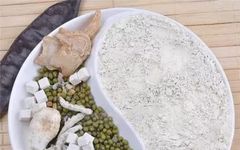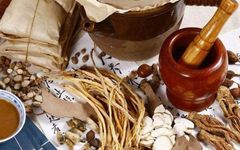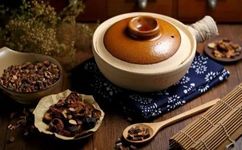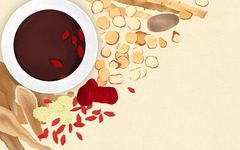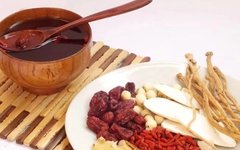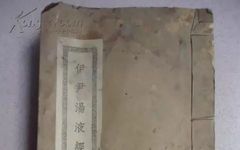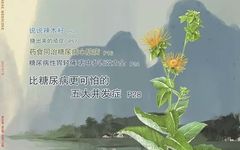The Misunderstanding of Chinese Herbal Powders and Granules
The Misunderstanding of Chinese Herbal Powders and Granules During the Song, Jin, and Yuan dynasties, amidst the chaos of war, it was inconvenient to carry herbal pieces, leading to the popularity of powders. The Xie Huang San (Yellow Drain Powder) from Qian Yi’s Xiao Er Yao Zheng Zhi Jue and Qing Wei San (Stomach Clearing … Read more

